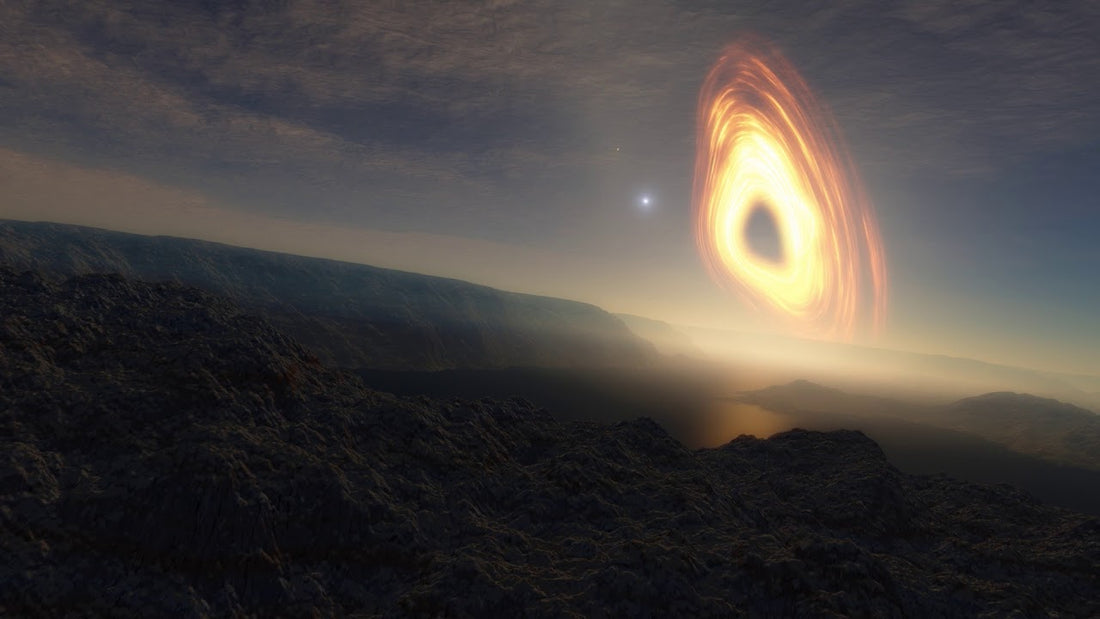
QUESTION: Did You Know "Blanets" Live In The Softer Suck Of Black Holes?
Share
Every time we see black holes in popular media, we see an unforgiving sucking abyss... Feeding on anything that comes close like a cosmic drain in a bath.
While true, this isn't the whole story.
There's a softer side to black holes.
Or at least a softer zone where they suck less...
In mid-2019, Keiichi Wada of Kagoshima University in Japan discovered the safe zone in black holes where - theoretically - thousands of planets could be orbiting.
This find challenged our perception of matter hungry black holes and gave the black hole adjacent planets a nifty name: Blanets.
Like, black hole planets...
So, we know they’re there, circling the cosmic drain.
But how the heck did they form in such a unique part of the universe?
It's actually the chaotic black holes voracious appetite that creates Blanets.

When the black hole "coagulates" dust in its formidable swirl, it can form planets. Which might seem huge to us, but when you think about the size of a black hole - at least 10x the size of our sun which fits a million Earths in it.
So, forming a planet one 10 millionth its size is a mere speck to a black hole.
Wada says:
"Our results suggest that blanets could be formed around relatively low-luminosity active galactic nuclei during their lifetime."
Meaning black holes 10 million times the size of Earth.
We've known stars can get sucked off course by black holes and trapped in an orbit around them for a while now as seen by the giant Sagittarius A (the giant black hole at the centre of the Milky Way).
But this is the first instance of a planet being active in the face of a supermassive black hole, let alone one at the turbulent heart of a galaxy.
These massive objects are surrounded by an accretion disc that resembles a donut that feeds the black hole dust and gas.

This is very similar to how planets form around stars. In essence, a gas cloud will collapse under gravitational pull and begins spinning to form a protostar. This spinning motion captures gas and dust from adjacent space and when the protostar is massive enough for gravity to take over, it will become a star.
In the research paper headed by Wada, they found that the formation of blanets around black holes could be more efficient than around stars. Because orbital velocity at the accretion disc keeps objects from getting caught into the black hole.
Think of it like a pair of socks in the spin cycle of your washing machine - not a front loader.
They don't drop to the bottom because of the intensity of the spin, much like how the blanets don't get gobbled up by the centre of the black hole.

Psst! Clint the Intern here, just letting you guys know there's FREE SHIPPING on hoodies while they last. There's no better way to spread ARSE than to wear it, y'know?
So stop pussy-footin around and
Have a look here - Clintern
Love Aussie space?
Grab some gear here and join our exclusive group at www.spacesociety.com.au
#Space_Aus




